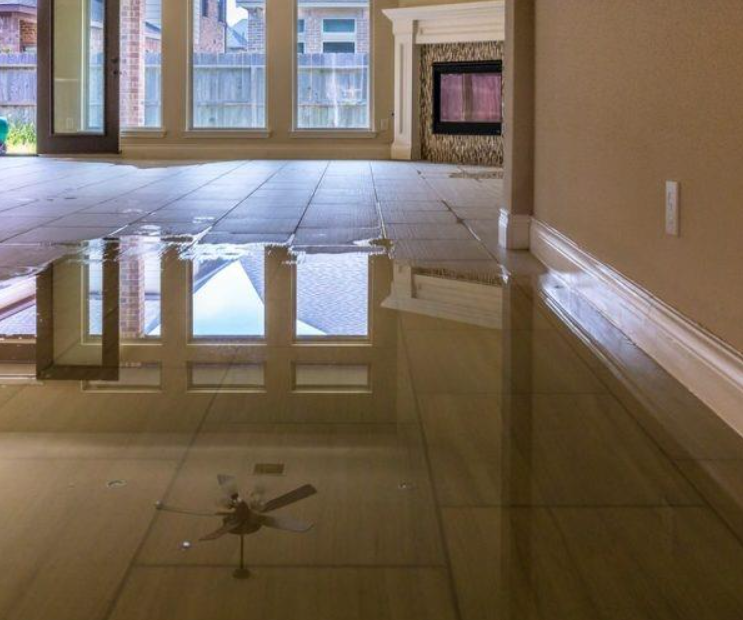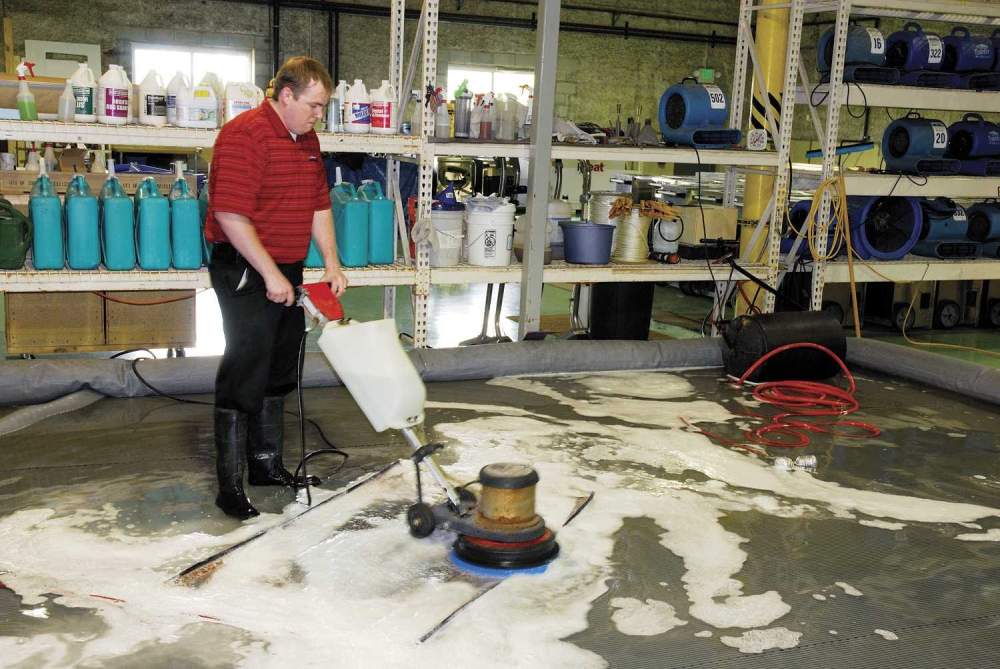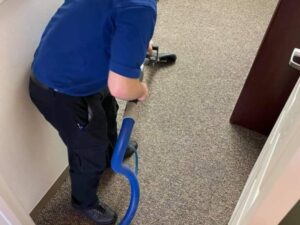Allergies affect millions of people worldwide, and many allergens are found where we least expect them—right in the comfort of our own homes. Dust mites, pet dander, pollen, and mold can settle into upholstered furniture, exacerbating allergy symptoms. Regular upholstery cleaning isn’t just about keeping furniture looking fresh; it can also play a crucial role in improving indoor air quality and alleviating allergy symptoms. This article explores how upholstery cleaning can make a significant difference for allergy sufferers and offers tips for effective cleaning.
Understanding Allergens in Upholstered Furniture
Upholstered furniture, including sofas, chairs, ottomans, and cushions, serves as a magnet for allergens. These particles often embed deep into the fabric and padding, making them difficult to remove through regular surface cleaning. Here’s a closer look at common allergens that thrive in upholstery:
- Dust Mites:
- Dust mites are microscopic organisms that feed on dead skin cells and thrive in warm, humid environments. Upholstered furniture provides an ideal habitat for them. Their waste products are potent allergens that can trigger symptoms like sneezing, runny nose, and itchy eyes.
- Pet Dander:
- Even if pets don’t sit directly on furniture, their dander (tiny flakes of skin) can settle into upholstery. Pet dander is lightweight and can easily become airborne, aggravating allergies and asthma.
- Pollen:
- Pollen particles can hitch a ride on clothing, hair, and shoes, eventually settling into furniture. Once inside, they can contribute to seasonal allergy symptoms year-round.
- Mold Spores:
- In humid environments, upholstery can absorb moisture, creating a breeding ground for mold and mildew. Mold spores can trigger severe allergic reactions and respiratory issues.
How Upholstery Cleaning Alleviates Allergies
Regular upholstery cleaning helps to remove allergens, improve air quality, and create a healthier indoor environment. Here’s how it works:
1. Reduces Allergen Build-Up
Deep cleaning methods, such as steam cleaning or hot water extraction, penetrate the fabric to eliminate allergens embedded in the upholstery. By removing dust mites, pet dander, and pollen, cleaning reduces the overall allergen load in your home.
2. Improves Indoor Air Quality
Allergens trapped in upholstery don’t just stay put—they can become airborne whenever furniture is used. Cleaning removes these particles, preventing them from circulating in the air and improving the air quality in your home.
3. Prevents Mold and Mildew Growth
Moisture absorbed by upholstery can lead to mold and mildew, which release spores into the air. Professional cleaning eliminates mold spores and helps keep furniture dry, reducing the risk of regrowth.
4. Eliminates Odors
Allergens like pet dander and mold can produce unpleasant odors. Cleaning not only removes the allergens but also neutralizes odors, leaving your furniture smelling fresh.
5. Enhances Longevity
Regular maintenance through cleaning not only protects your health but also extends the life of your furniture, maintaining its appearance and functionality.
Methods of Upholstery Cleaning for Allergy Relief
There are several effective methods for upholstery cleaning. According to our friends at Capital Cleaning, the choice of method depends on the type of fabric, the severity of the allergy issue, and whether professional help is involved.
1. Vacuuming
- Regular vacuuming with a high-efficiency particulate air (HEPA) filter is the first line of defense against allergens. HEPA vacuums trap fine particles like dust mites and pollen, preventing them from being reintroduced into the air.
2. Steam Cleaning
- Steam cleaning uses hot vapor to penetrate upholstery fibers and kill dust mites and bacteria. The heat also loosens dirt and allergens, making them easier to remove. This method is particularly effective for deep cleaning and is safe for most fabric types.
3. Hot Water Extraction
- Often performed by professionals, hot water extraction involves injecting hot water and cleaning solutions into the fabric and extracting it along with dirt and allergens. This method is highly effective for allergy relief and leaves upholstery thoroughly clean.
4. Dry Cleaning
- Dry cleaning uses minimal moisture and special cleaning agents to remove dirt and allergens. It’s ideal for delicate fabrics that can’t withstand steam or water-based methods.
5. Professional Cleaning
- Professional upholstery cleaners have specialized equipment and expertise to tackle deeply embedded allergens. They can also apply hypoallergenic treatments that repel allergens and reduce their accumulation over time.
DIY Upholstery Cleaning Tips for Allergy Sufferers
For those who prefer a hands-on approach, these tips can help you clean upholstery effectively and minimize allergens:
- Vacuum Regularly:
- Use a vacuum with a HEPA filter to clean upholstery weekly. Pay extra attention to crevices and seams where dust and dander accumulate.
- Use Hypoallergenic Cleaning Solutions:
- Choose cleaning products labeled as hypoallergenic or free of harsh chemicals that could irritate allergies further.
- Wash Removable Covers:
- If your upholstery has removable covers, wash them in hot water to kill dust mites and remove allergens.
- Spot Clean Stains Promptly:
- Address spills and stains immediately to prevent mold or bacteria growth.
- Invest in Slipcovers:
- Slipcovers are easy to wash and act as a barrier, protecting upholstery from direct contact with allergens.
When to Call a Professional
While DIY cleaning can help maintain upholstery, professional cleaning is recommended in certain situations:
- Severe Allergies: If someone in your household has severe allergies, professional cleaning can provide a deeper clean and greater relief.
- Stubborn Stains or Odors: Professionals have specialized equipment to tackle tough stains and odors caused by allergens.
- Annual Deep Cleaning: A yearly professional cleaning ensures allergens are kept under control and upholstery remains in top condition.
Additional Steps to Reduce Allergens
While upholstery cleaning is a significant step, combining it with other measures can further reduce allergens in your home:
- Use air purifiers with HEPA filters.
- Wash bedding and curtains regularly in hot water.
- Keep humidity levels below 50% to prevent mold growth.
- Limit pet access to upholstered furniture.
- Replace carpet with hard flooring if allergies are severe.
Conclusion
Allergy relief starts at home, and clean upholstery plays a vital role in creating a healthier environment. Regular cleaning removes dust mites, pet dander, pollen, and mold spores, significantly reducing the allergen load in your living space. Whether you opt for DIY methods or professional services, keeping your upholstered furniture clean can improve air quality, alleviate allergy symptoms, and enhance the comfort of your home. By taking a proactive approach to upholstery maintenance, you’re not just protecting your investment—you’re investing in your family’s health.









